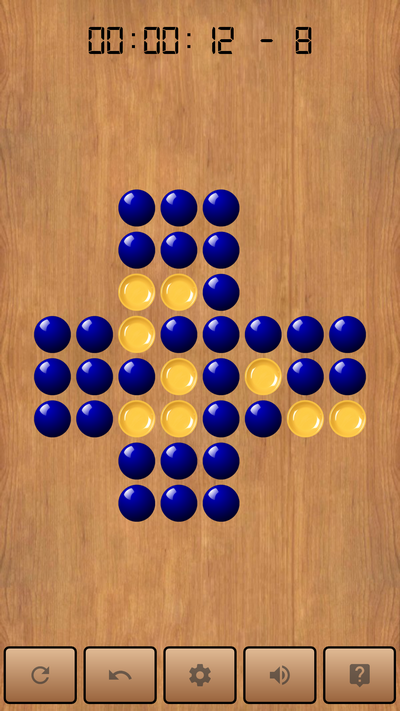

These questions are fundamental management tips.

Who cares? – that something is done about it.Who knows? – about the situation/opportunity, or who has the information we need to solve it/realise it.In “ the best management tools ever: a good question” we suggest using Reg Revans approach of asking three questions: One of the most important aspects of analysing any situation is involving the right people. The problem solving activity question checklist leads you through a set of questions to identify the nature of the problem and to analyse what it is and what it isn’t. 3 Analyse the ProblemĪnalysis is a process of discovery of the facts, finding out what you know about the situation. Which is the next step in the seven step problem solving technique. The question checklist also leads you through a structured set of questions to start the analysis of the problem. Essentially Drucker suggests that we should move from a problem focus to an opportunity focus.ĭefine your problem as an opportunity! Our problem solving activity tool does just that, providing a process to frame your problem as an opportunity and a question checklist to help you define what exactly the problem is, and why it is worth your while solving it. Perhaps because we don’t see the right problems to solve or the opportunity in solving them. Peter Drucker advocates that we should starve problems and start feeding opportunities. This is the crucial attitude which will then help you define the problem in a way which focuses on the potential and opportunity in the situation. Try to see every problem as an opportunity. The secret to defining the problem, is really about attitude. Combining problems that are valuable to solve, with defining exactly what you are trying to solve, can dramatically improve the effectiveness of the problem solving process. However, like the first step, it is one of the secrets of effective problem solving and helps to differentiate our seven step problem solving technique. It is very tempting to gloss over this step and move to analysis and solutions. You will find useful management tips in this activity to start the problem solving process by looking firstly at the possibilities in your current issues and then secondly looking to the future. That’s what we set to answer in our problem solving skill article: “Finding the Right problems to Solve”. How do you go about finding the right problems to solve? The real starting point then for any problem solving process is to find the right problem to solve. So firstly in our seven step problem solving process, we advocate taking a proactive approach, go and find problems to solve important and valuable problems. Well too often our approach to problem solving is reactive, we wait for the problems to arise. This is also one of the most important stages in our seven step problem solving technique. Ask yourself “Is it the right problem to solve?”. Think how often we spend time and resources on problems which don’t necessarily demand such attention. Surprised to start with this step? Not many problem solving processes include this step, yet it is absolutely crucial. Once you’ve read these, you can find more details, in our comprehensive guide to problem solving: What’s the Problem (with a tool for each or our problem solving steps).

You’ll find a brief explanation of these points below. The seven step problem solving technique covers:


 0 kommentar(er)
0 kommentar(er)
